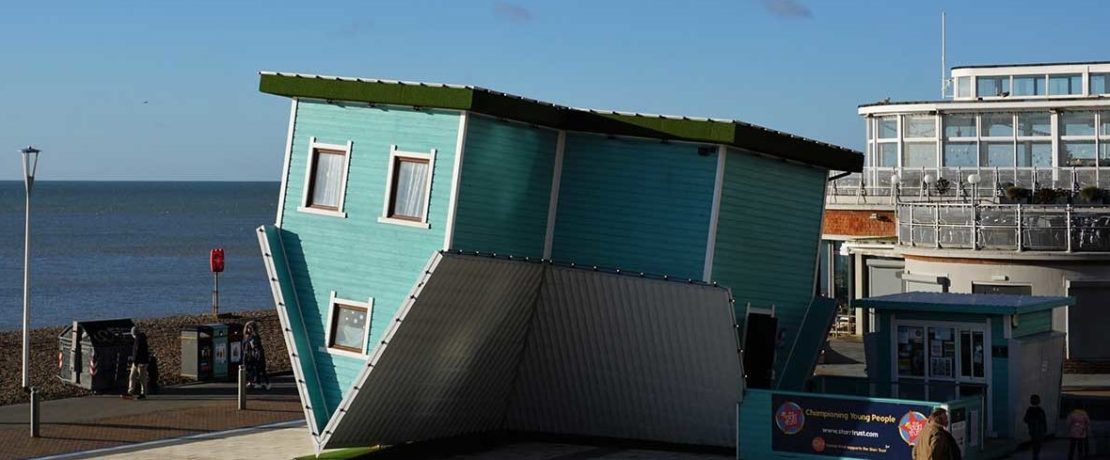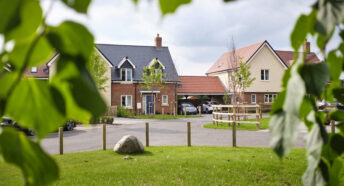Why is there a housing crisis – and what can we do about it?
You often hear people talk about a housing crisis, and addressing it is something that we at CPRE are passionate about. We’ll explain what we mean when we talk about housing being in crisis – and what must be done to solve it.
What is the housing crisis and how did it come about?
Here’s the housing crisis, explained: the way we see it, a country faces a housing crisis when a significant part of the population doesn’t have access to a safe, decent home that’s suitable for their needs and that they can genuinely afford to live in.
In Britain, analysis by Shelter showed that 17.5 million people are in this very situation – or up to 22 million when you include children.
More than a crisis, this is a national emergency.

So how did we get here? The whens and whys of the housing crisis are complex and manifold, but the 80s are a good place to start to get a sense of how it came about. Before then, close to a third of Britain’s population lived in ‘social housing’ – meaning homes provided by their council. This worked as a decent alternative to owning a home for those who might otherwise struggle to buy or rent.
In 1980, Margaret Thatcher’s Conservative government had a vision for more people to own homes. To make this happen, they boosted the scheme that already existed to help people living in council homes to buy their homes at a lower price.
With extra discounts on offer, council homes were selling like hotcakes – and as councils had fewer homes bringing in rent, they had less and less money available to build new homes. The amount of council-owned social housing shrunk dramatically over the following years.
Where does this leave us now?
There were more changes to come for housing in the 1980s. As money flowed more freely through a changed economy (think Wall Street, big suits and lots more spending), it also got much easier to get a mortgage and more people bought property. 1988 saw a new way to rent introduced (assured shorthold tenancies, which gave more power to landlords), so even more folk bought houses specifically to rent out.
Despite two market crashes along the way, the following decades have essentially followed a steady path of unbelievably high increases in property and rent prices, fuelled by easy credit and a continuous undersupply of new homes.
So where are we now?
Fast forward to the 2020s. We’re now in a situation where, at the current rate that housing is built, it’ll take more than 120 years to give affordable homes to the people waiting for social housing – that’s more than two lifetimes!
Many more households who aren’t lucky enough to own a home have no alternative but to live in costly private rentals where they might struggle to make ends meet. This also makes it near impossible for them to save enough money to put a deposit down for a mortgage and keeps them in a situation of stress and insecurity.
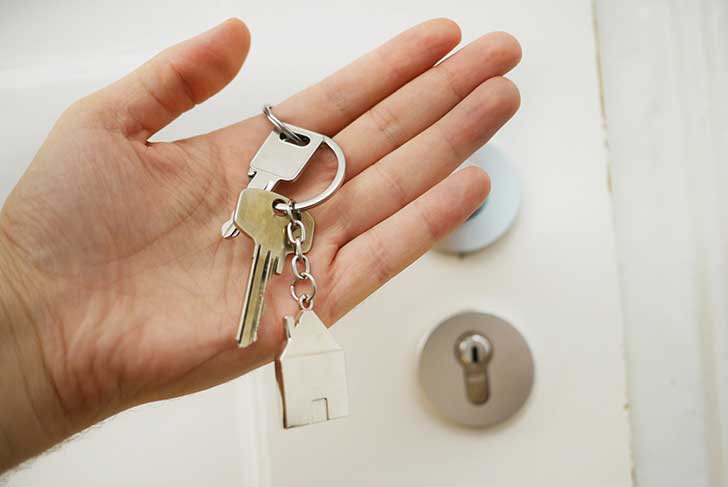
If British housing looked in the mirror today, it would see a well-oiled money-making machine for the few rather than a means to ensure everyone has somewhere safe and decent to live in, at a price they can afford.
This is what the housing crisis is about and why we need to do something about it. It sounds as though we need more homes that are affordable, right? Read on…
What do we mean when we talk about affordable housing?
You often hear housing described as ‘affordable’, and this sounds straightforward enough. But there are two ways to look at affordability in housing.
The first focuses on the person and what they can actually afford without having to cut back on essentials (like food, heating or hot water) or falling into debt. It’s generally considered that for a house to be affordable for the person living in it, their rent or mortgage payments should be no more than 35% of their net household income (after tax and benefits).

The second focuses on the home itself, rather than who lives there, and what type the home is. Confusing, we know. This is known as ‘Affordable Housing’, and it’s a specific type of housing.
There are different schemes that come under the umbrella of Affordable Housing, including homes for social rent (or ‘social housing’), homes for ‘affordable rent’ and shared ownership homes. As we’ve said, social housing has been around for a long time. It’s considered to be the most affordable housing type, with rents set at around 50% of standard market rents.
Other types seek to also come in below market rent prices, although some are close and are still officially classed as ‘affordable’.
So why does CPRE care so much about affordable housing?
Why do we care so much about housing affordability in the first place? Because housing is at the heart of what we want to see: thriving and sustainable rural communities. Homes for social rent are essential to this, as these are the type of Affordable Housing most likely to be genuinely affordable.
Comfortable, genuinely affordable homes do so much more than simply change people’s financial circumstances – they can transform quality of life. They can be a route out of cramped, low-quality conditions in the private rented sector, transforming people’s mental and physical health.
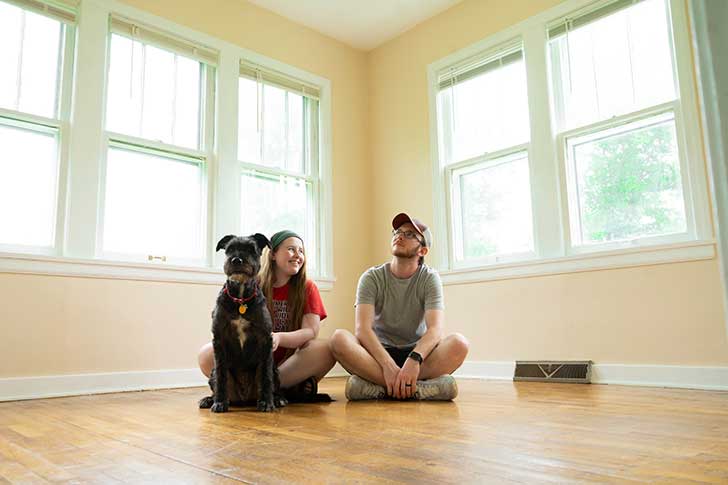
Building affordable housing in a village can also help young people and young families stay in the area. This can ensure local services like primary schools, post offices and even pubs stay open, maintaining a sense of community.
By giving people with varying jobs and backgrounds the opportunity to settle in a town or village, genuinely affordable housing can create diverse and closely-knit communities.
There are also economic benefits to affordable housing. Each development of 10 affordable homes can create 26 jobs, generate £250,000 for government and provide a £1.4 million boost to help level up disadvantaged local economies. It’s not just people who can benefit from genuinely affordable homes, but the economy too.
What does the housing crisis mean for the countryside?
In the countryside, the affordable housing crisis is twofold. It’s a lack of homes AND a lack of homes that are genuinely affordable to local people.
Affordable, social housing was lost when people were able to buy their houses. Add to this the fact that not enough homes as options for those on low incomes, such as social rented housing, are being built in rural areas, and the housing squeeze is chronic.
For every 8 rural homes sold under the ‘right to buy’ scheme, only 1 replacement home is being built, and this, combined with other issues, led to the loss of 165,000 social homes between 2013 and 2019.
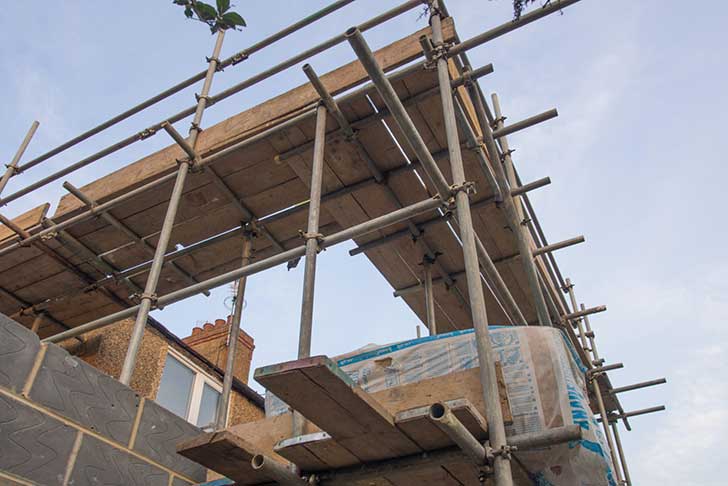
And of course, lest we forget: while affordable rents are discounted from standard market rates, they’re often still not genuinely affordable for many low and middle-income households. This is particularly the case in rural areas where wages tend to be lower and house prices and private rents higher than in larger towns and cities.
What happens to the countryside without genuinely affordable homes?
So what impact does this have on rural communities and the countryside?
Young people and key workers move away, and communities fade
High housing costs are pricing out young people who want to stay in the rural communities they grew up in and the key workers that thriving and sustainable rural communities so desperately need. In the private rented sector, nine in ten rural areas are currently unaffordable for key workers, including care workers, hospital porters and farmworkers.
The average social housing rents would be affordable for these key workers in most rural local authorities – but because of the affordable housing crisis, the backlog of demand for social housing grows each year. This means people simply move away, leaving rural areas a shell of the former vibrant communities they once were. In 2017, research conducted by the National Housing Federation found that since 2012, England had experienced the loss of 52 rural schools, 81 post offices and 1300 pubs.
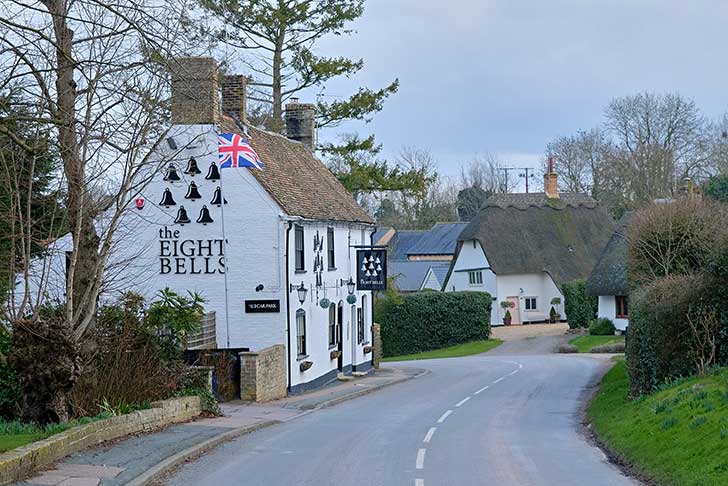
Poverty and increased risk of mental illness
Where people are forced to pay market rents that they can barely afford, they’re far more likely to slip into poverty. These challenges are inexorably linked to mental struggles, too; research shows that those who are homeless, at risk of becoming homeless or falling into poverty are much more likely to experience mental health conditions.
Compared with the general population, people with mental health conditions are one and a half times more likely to live in rented housing and twice as likely as those without mental health problems to be unhappy with their housing.
Rural homelessness
We see heartbreaking rises in the too-often overlooked problem of rural homelessness, which in the two years from 2018 increased by 115% – that meant there were 19,975 households categorised as homeless in rural local authorities.
And homelessness disproportionately affects marginalised groups: the proportion of homeless households from ethnic minority groups has risen from close to one-fifth in 2006/7 to just short of one third in 2017/18. Young LGBTQ+ people are also particularly affected by homelessness, and 90% of wheelchair users struggle to find accessible housing in the private rented sector.
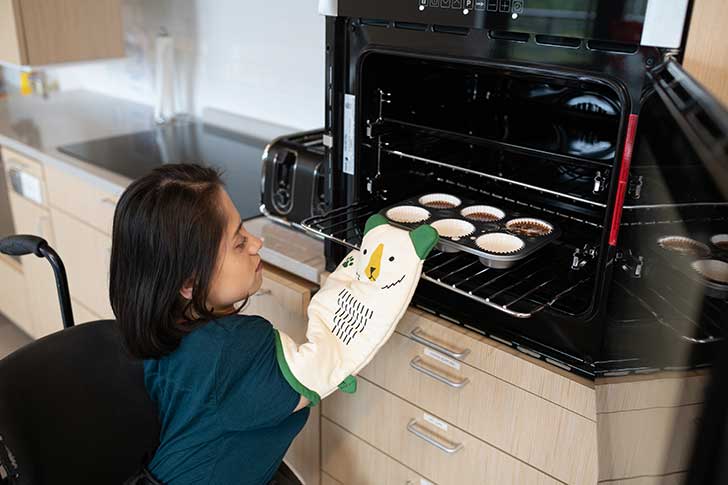
Overall, over 2 million adults in Britain say they’ve faced discrimination when looking for a home. For us, this is unacceptable.
What needs to happen to solve the housing crisis?
To solve the housing crisis, we need more homes in sustainable locations that meet the diversity of local people’s needs and that they can genuinely afford. Sounds sensible, right?
So what would need to change for this to happen? One thing’s for sure, it’s not about the amount of land available to developers.
We’ve done the maths in our annual analyses of the amounts of previously-used land lying derelict (also known as brownfield), and found that councils across the country have so far identified enough suitable and available brownfield plots to build well over a million homes.
If we build more homes on these previously-developed bits of land before building them anywhere else, we can have it all: new homes located where sustainable transport infrastructure and services are already in place (or can be provided easily) AND holding onto the green, undeveloped land where nature and our wellbeing can thrive.
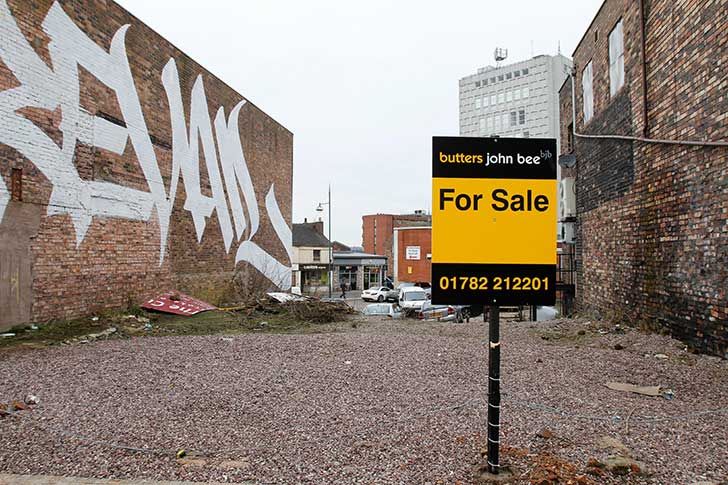
You can see why at CPRE, we’re so passionate about brownfield land and have campaigned for years for it to be better used.
Oh, and something else that’s pretty clear: the planning system isn’t to blame, either, despite sometimes being blamed for slow housebuilding. Over half of the 1.3 million homes that could be built on brownfield land have already been given some form of planning permission (essentially, developers have already asked for permission to build these homes and the local authority said yes).
On top of this, Local Government Association analysis of land with planning permission suggests that there are at least a further 470,000 permitted plots in the pipeline that have yet to be built.
With over a million homes in total patiently waiting to see the light of day and nine out of ten planning applications getting approved, the planning system is already delivering all the opportunities we need to solve the housing crisis.
Why the hold-up? The real problem comes further down the line, when developers hold on to sites they have permission to build on without actually doing any of the building for years. This is often referred to as ‘land banking’ because the longer developers hold on to sites without developing them, the more these sites tend to go up in value.
In 2018, an influential politician conducted a review of building rates. He found that the main factor slowing down the rate at which housing with planning permission is built is the lack of diversity in the types of new homes being proposed.
This is because if there’s too much of the same (such as too many big four-bedroom houses when there are single people wanting smaller one-beds and families looking for two-beds), it won’t meet the demand and therefore won’t sell. Until it’s sold, more building gets held up, and on the problem goes.

The main solution to get out of the housing crisis is therefore pretty obvious: bring diversity back into the kinds of properties being built and made available on the housing market, and make sure it meets the different needs and financial capacity of local people.
Solving the housing crisis: what CPRE wants to see happen
So how can the crisis be solved? A good place to start would be for the government to urgently implement the recommendations made in that 2018 review. This would give local authorities some of the support and powers they need to acquire land and make developers build a wider variety of housing types, designs and tenures that truly meet local people’s needs.

To give you an idea of what needs to happen for that, it would mean changing the official national planning rules to insist that more genuinely affordable housing is created, giving local authorities stronger powers to buy land if they need to and an ability to cancel planning permissions when developers are taking too long to build what they said they would.
Oh, and those two definitions of what ‘affordable’ is? We want to see a new definition in those national planning rules that connects rent not to national market rates but to local incomes instead, so more homes are available at prices that low-income households can afford. This should define affordable as housing payments (whether for rent or mortgage) that are no more than 35% of net household income (that’s after tax).
There are some big changes needed in other parts of the current planning rules, too – like the way that contributions from developers work. Right now, local authorities can negotiate with developers for extra funds or raise them from the creation of new development and we want to see this system tightened up so that the money from these mechanisms is used to focus on genuinely affordable homes.
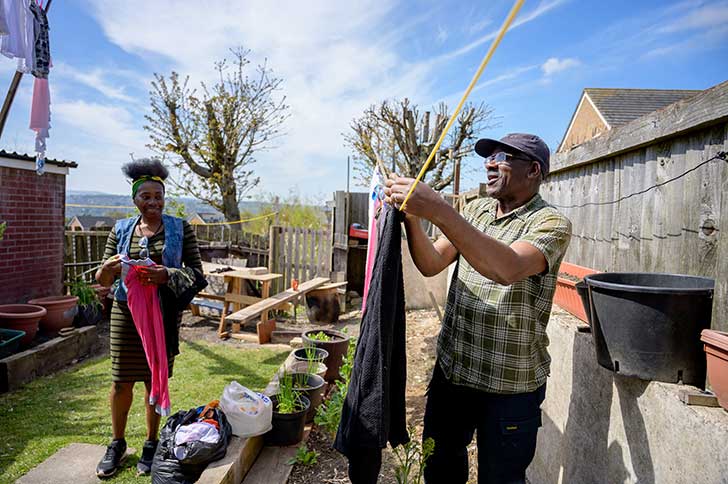
Without the many loopholes in the current planning rules being addressed, it’ll still be too easy for developers to back out from affordable housing contributions claiming they aren’t maximising their profit. We’ve done some research with Shelter and it’s clear that developers are cancelling affordable homes to preserve their comfortable 20% profit – in one year and in just eight rural councils, we saw 938 affordable homes scrapped. We’re pushing the government to close these loopholes and hold developers accountable.
Join us: together, we can solve the rural housing crisis
Now you’ve heard exactly how we got into this mess, and how passionate we are about the clear paths to getting out of it, it’s time to join us and be a part of making a difference. We have local CPRE groups in every county, and members are automatically connected to their local group. This means you can help get more genuinely affordable homes in your area and be part of our national movement. We can’t wait to welcome you for as little as £5 a month.
